What is the best investment for water savings?
The most cost effective upgrades you can apply to your sprinkler system and what you should expect as a return on investment are as follows:
1. The most important thing you can do to save water is to have your controller properly programmed for each zone. This will cost you nothing if you do it yourself, but you will need to do a considerable amount of research to understand proper scheduling. One of the best changes to make is to cycle and soak your zone run times, second is to just cut back the total run times for the week and to use the seasonal adjust if your irrigation controller has that feature. Most irrigation schedules waste about 20% of the actual water needed. Just remember any water that is applied to the soil and goes past the root zone in depth is wasted water.
2. The second best item to have on your system to make sure it is operating properly is a rain sensor. A rain sensor prohibits the system from running once a predetermined amount of rain has fallen. A wired rain sensor costs about $35.00 or a wireless rain sensor will cost about $100.00. Using a wired sensor will eliminate having to replace batteries, but may not be easily connected to the system depending on how the system is wired. Good data is hard to come by on the amount of saving a rain sensor will provide, but if it were to save 10%, a conservative number, a wired rain sensor on a 10,000 square foot lawn would take about three months for a 100% return on investment.
3. The third best item to consider would be pressure regulation in the case of high pressure. A system that is running with excessive pressure can waste up to 30% of the metered water though drift and poor uniformity. Pressure regulation tends to be more costly than the items listed above and pay back is usually one to three years.
What you should do when your systems needs major upgrades to improve efficiency
Sometimes the sprinkler system has been poorly designed and installed, so now a major renovation is needed and the return on investment will run five years or more. If you use the list of items in the post titled “How is your Sprinkler System Wasting Water” and you find your system has many of the problems listed, you might be best served by calling a professional to evaluate your system and have them make recommendations as to the best corrective measures to take.
To find a qualified professional I would recommend a person who holds the following certifications.
Click on the logos below to find certified professionals in your area or use the web address provided.
Landscaping Ideas to save water
Plants
Use regionally appropriate, low-water using and native plants.
Once established, these plants require little water beyond normal rainfall. Also, because native plants are adapted to local soils and climatic conditions, they rarely require the addition of fertilizer and are more resistant to pests and diseases than are other species. Be careful when selecting exotic species, as some may be invasive, which may require more water and could displace native plants. For more information on appropriate plant choice, visit these listings of native or regionally-appropriate plants. http://www.epa.gov/watersense/outdoor/what_to_plant.html
Group plants according to their water needs.
Grouping vegetation with similar watering needs into specific “hydro zones” reduces water use by allowing you to water to each zone’s specific needs. For example, turf areas and shrub areas should always be separated into different hydro zones because of their differing water needs.
Plan a water-efficient landscape.
If you’re designing a new landscape or rethinking your current landscape, the Water Sense Water Budget Tool ( http://www.epa.gov/watersense/water_budget/ ) can help you plan your landscape for water-efficiency. With two simple inputs – zip code and yard size – the water budget tool helps users design their landscape to use a level of water that is appropriate for their climate.
Recognize site conditions and plant appropriately.
Areas of the same site may vary significantly in soil type or exposure to sun and wind, as well as evaporation rates and moisture levels. Be mindful of a site’s exposure to the elements and choose plants that will thrive in the site’s conditions.
Place turf grass strategically
Turf grass receives the highest percentage of sprinkler system water in traditional landscaping. Commonly used varieties of turf grass require more water than many landscape plants. In addition, homeowners tend to over water turf grass. As a result, landscapes with large expanses of turf grass generally use more water than those planted with a mixture of other plants such as ground covers, shrubs and trees. To reduce outdoor water use, try to plant turf grass only where it has a practical function, such as a play area. Choose turf grass varieties that will need less water. Select low-water-use or native grasses that can withstand drought conditions. For more information on turf grass and water use, see EPA’s Research Report on Turf grass Allowance (PDF) (12 pp, 104K, About PDF)
Minimize steep slopes
Slopes can be challenging because of the potential for erosion and runoff. If slopes cannot be avoided in landscape design, install plantings with deeper root zones such as native ground covers and shrubs to provide stabilization and will help to prevent erosion.
Soil
Aerate your soil
Soil can become compacted during home construction or from normal foot traffic. Aerating your soil with a simple lawn aerator can increase the infiltration of water into the ground, improving water flow to the plant’s root zone and reducing water runoff.
Use mulch around shrubs and garden plants.
This will help to reduce evaporation, inhibit weed growth, moderate soil temperature, and prevent erosion. Types of mulches include bark chips, grass clippings, straw, leaves, stones and brick chips. Leave a few inches of space between trunks of woody plants and organic mulches to prevent root rot.
Keep your soil healthy!
Healthy soils effectively cycle nutrients, minimize runoff, retain water and absorb excess nutrients, sediments and pollutants. Have your soil tested for nutrient content, pH, soil composition and organic matter content. Contact your local Cooperative Extension Office or state universities for a soil test kit or soil testing services. Very sandy soil, heavy clay, compacted soil or extreme soil pH, may impact which plants are right for your yard. In these cases, seek advice from a nursery, horticulturist, Cooperative Extension agent or other expert.
Maintenance
Raise your lawn mower cutting height.
Raise your lawn mower blade, especially in the summer when mowing, if blades are too close to the ground it will promote thirsty new growth. Longer grass promotes deeper root growth and a more drought- resistant lawn. Longer grass blades also help shade each other, reducing evaporation and minimizing weed growth. The optimal turf grass height is the tallest allowable height within the recommended mowing range for the turf species grown.
Provide regular maintenance.
Replace mulch around shrubs and garden plants, removing weeds and thatch as necessary.
Minimize or eliminate fertilizer.
Fertilizer also encourages thirsty new growth, causing your landscape to require additional water. Fertilizer just before winter will be more beneficial to your plants than in the spring.
Conclusion
There are many ways that the typical sprinkler system can waste water; it is our responsibility as good stewards of the environment to analyze our irrigation use and make adjustments to the system components and the scheduling to maximize our potential water savings. Many of the items discussed in this paper can be accomplished by the system owner or it can be contracted out to an irrigation specialist. Remember that just because someone is in the irrigation business does not make them an irrigation specialist. Find a certified professional and check out their references.
One last thing to consider, keep your controller in the off position for as long as you can and only start watering once we get into the dry season, then as soon as possible turn it back to the off position once the weather cools and the rain returns.
About the author:
Sean Mullarkey is the founder and owner of Applied Water Technologies, Inc. a company specializing in rain water harvesting and water management. Sean started his career in the green industry as a landscape designer upon graduation from the Ohio State University. Sean entered the irrigation industry in 1988 and married his knowledge of plants and water management into a successful career in the irrigation industry Sean holds many certifications (see below) in the irrigation industry and is an adjunct irrigation instructor at Cincinnati State Technical and Community College. Sean can be reached at sean@tristatewaterworks.com





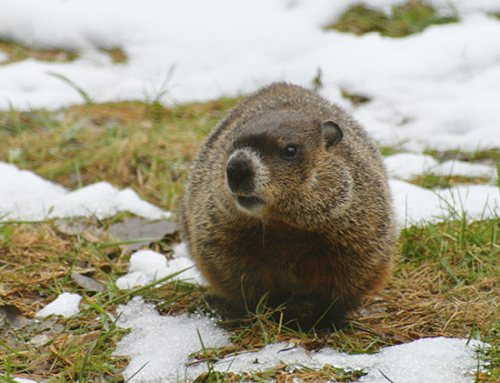
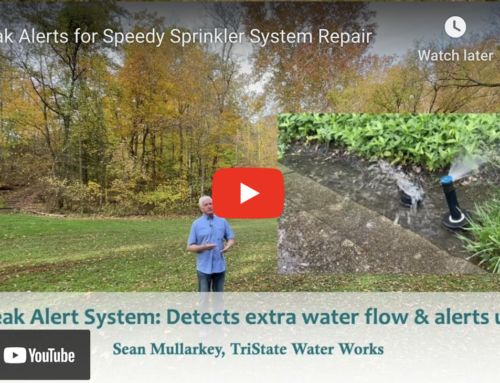
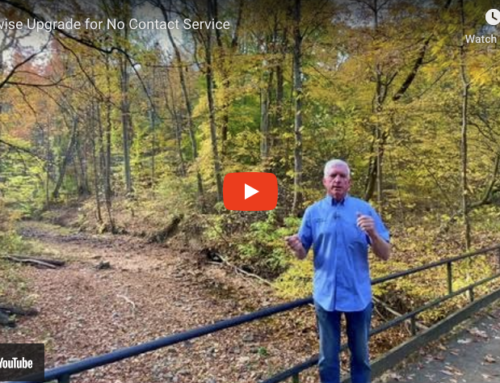

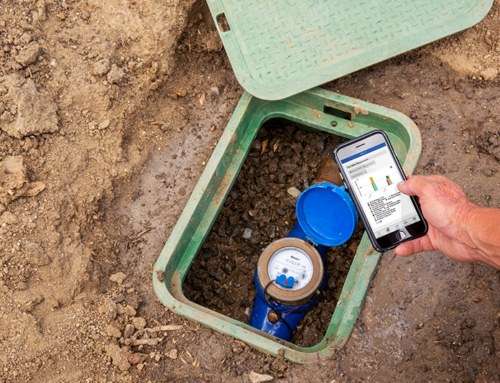


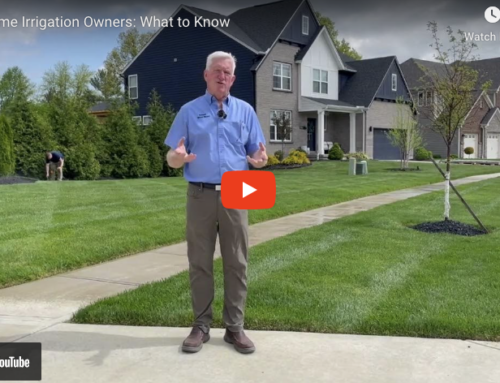
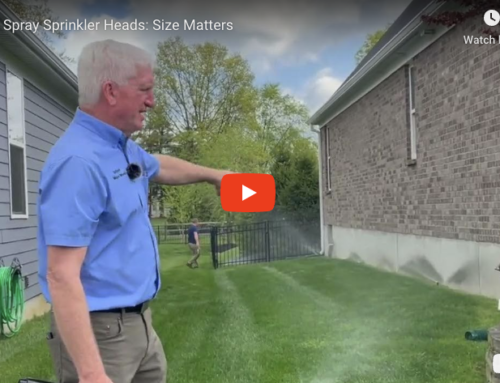
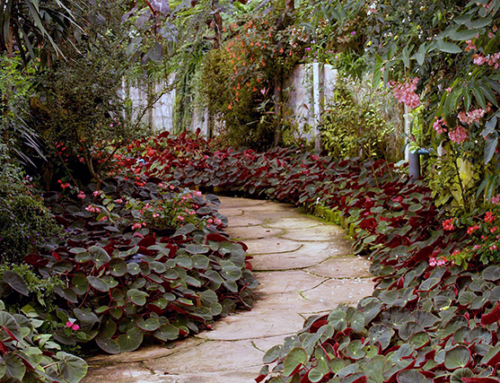
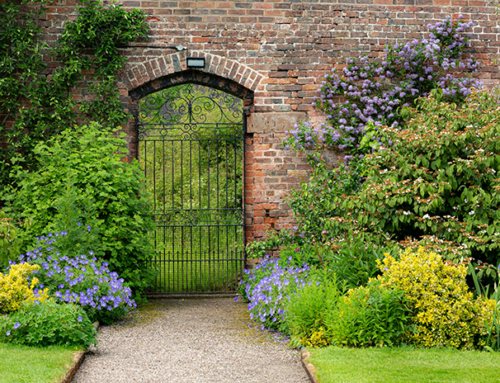
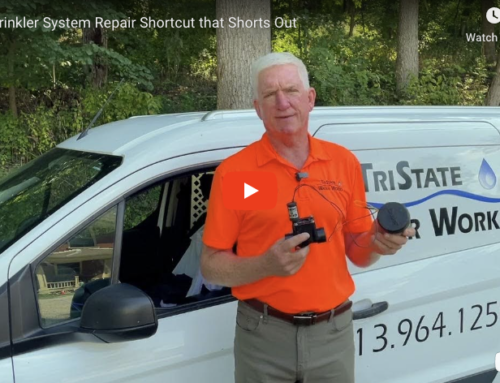
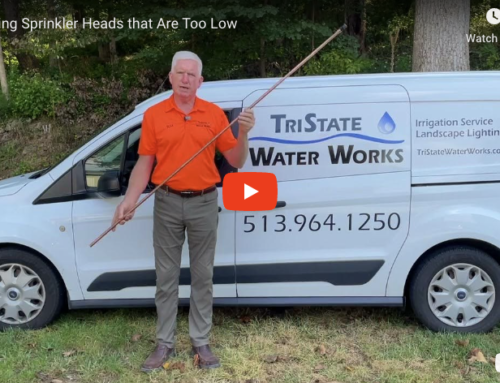
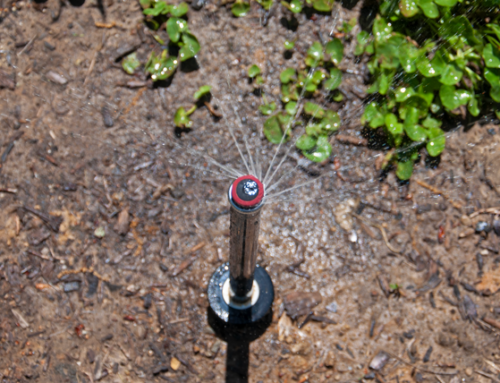
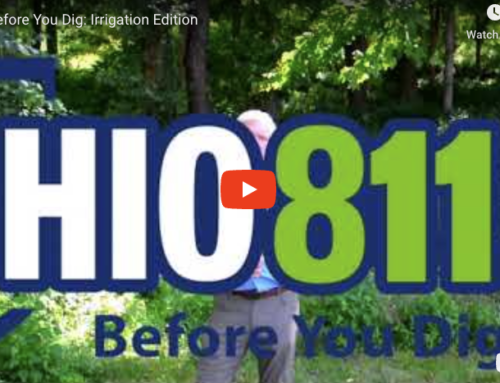
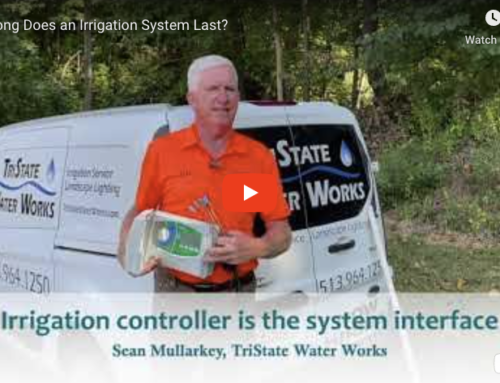
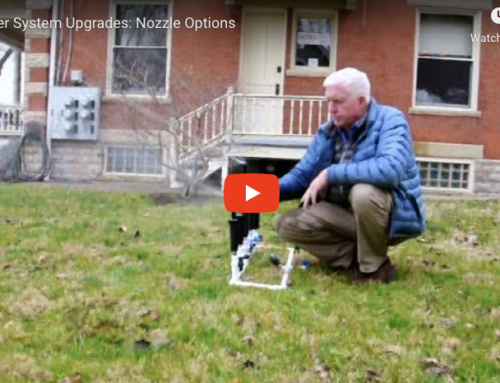
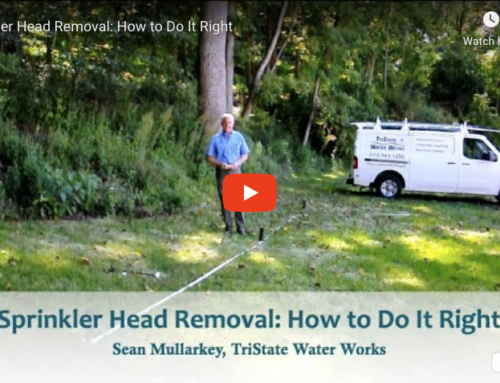
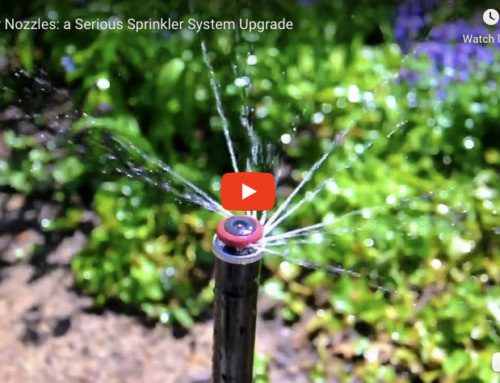
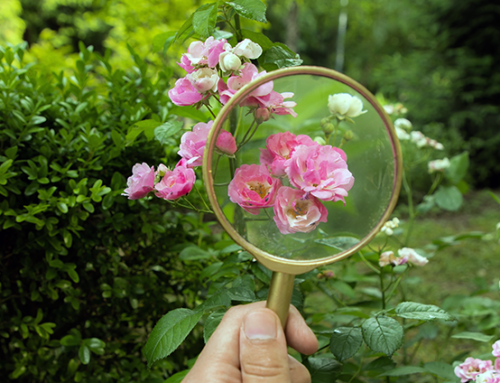

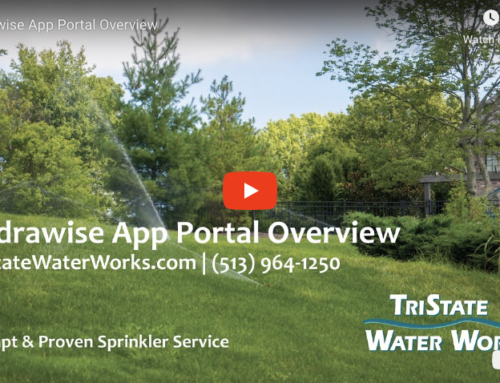
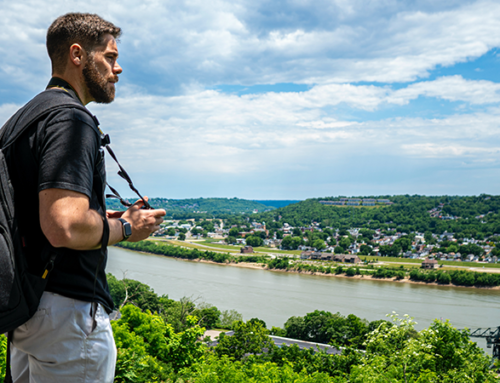
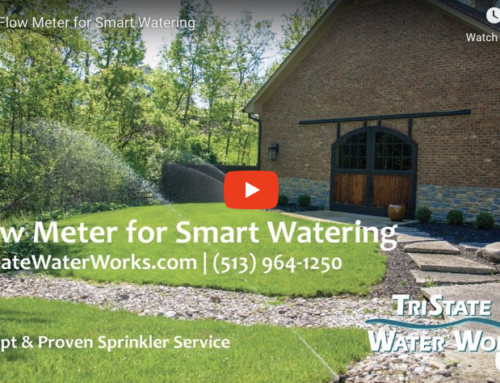
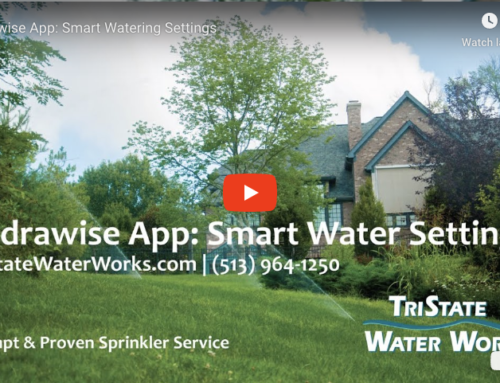
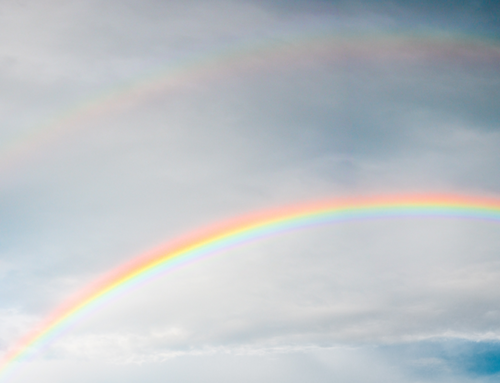
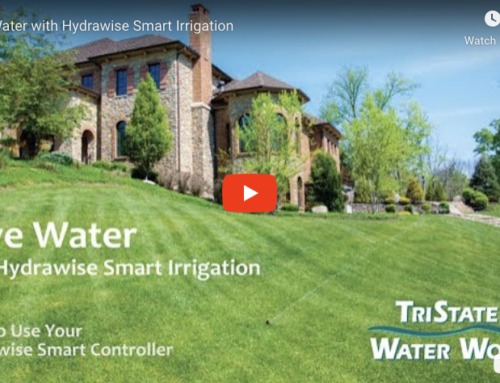
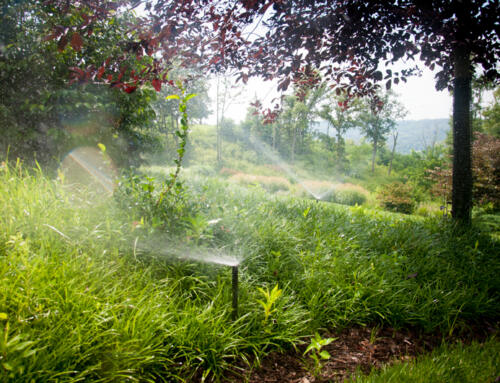
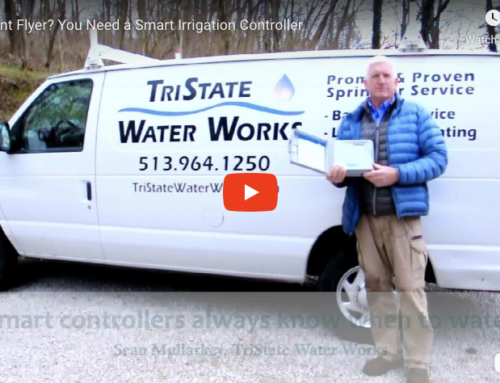
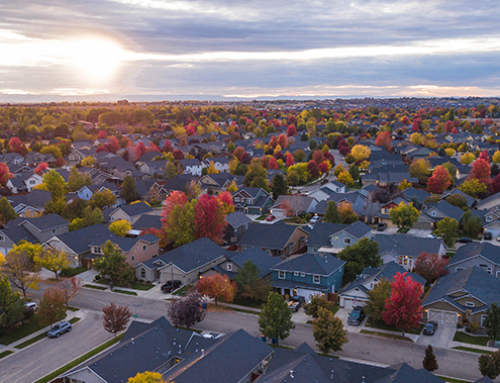
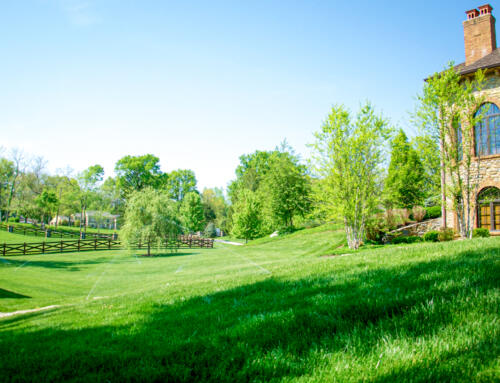
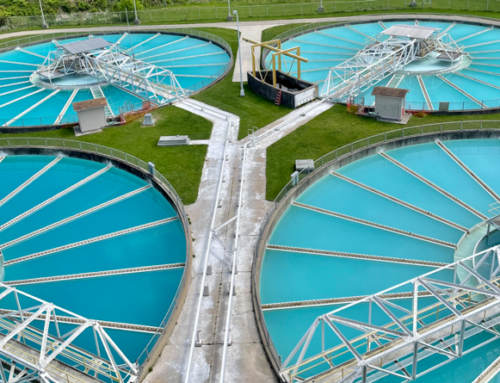
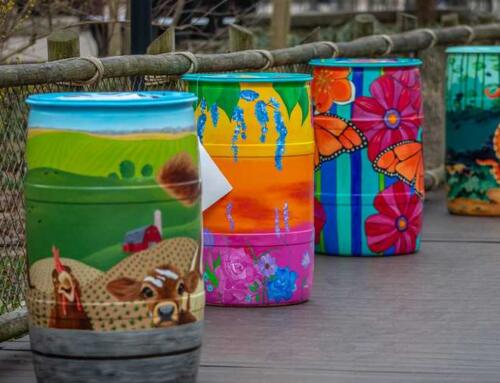
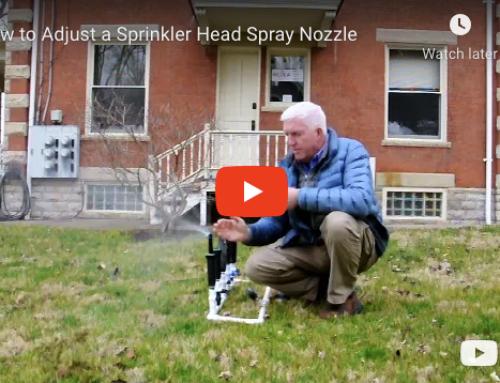
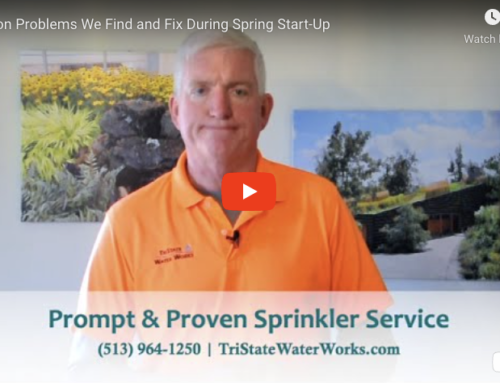
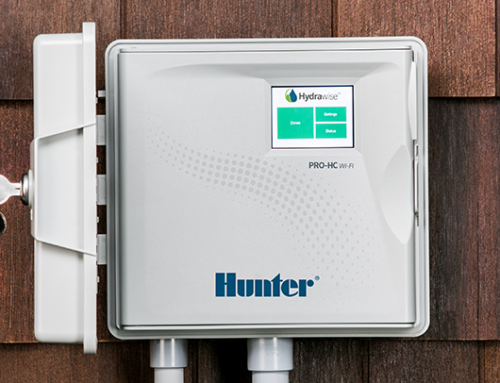
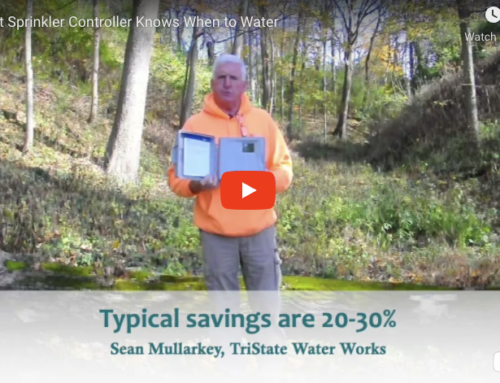
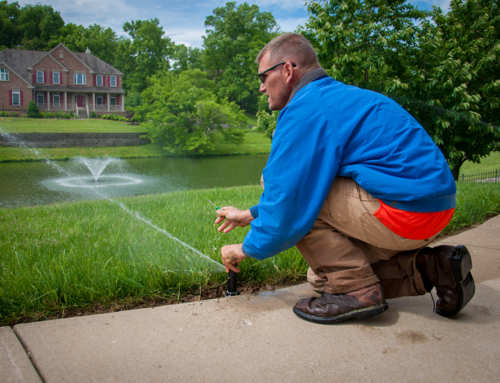
![[VIDEO] Irrigation System Parts We Recommend](https://www.tristatewaterworks.com/wp-content/uploads/Screen-Shot-2021-10-04-at-1.04.31-PM-500x383.png)
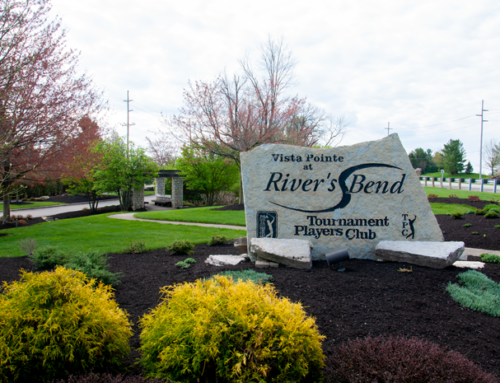
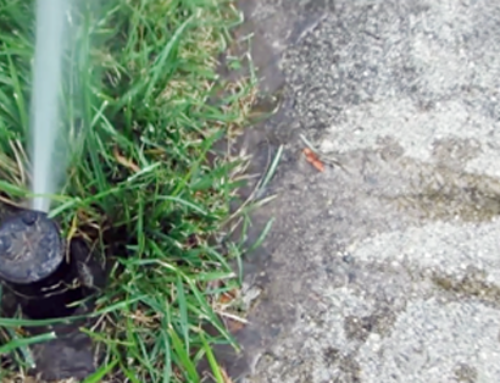
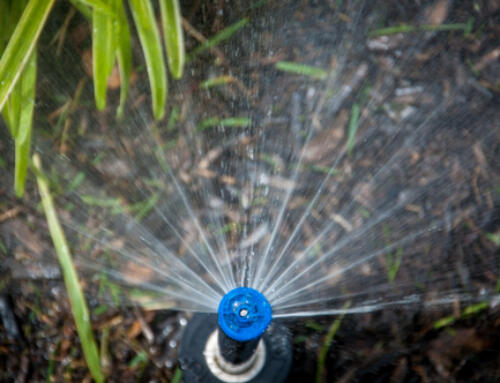

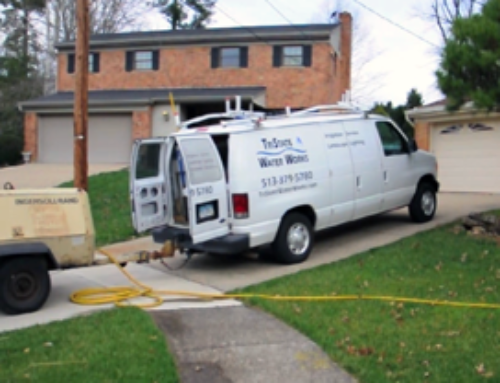
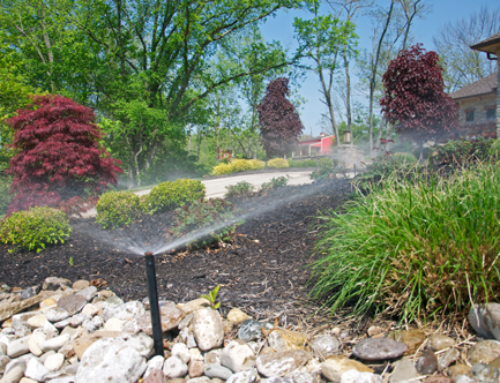
Leave A Comment